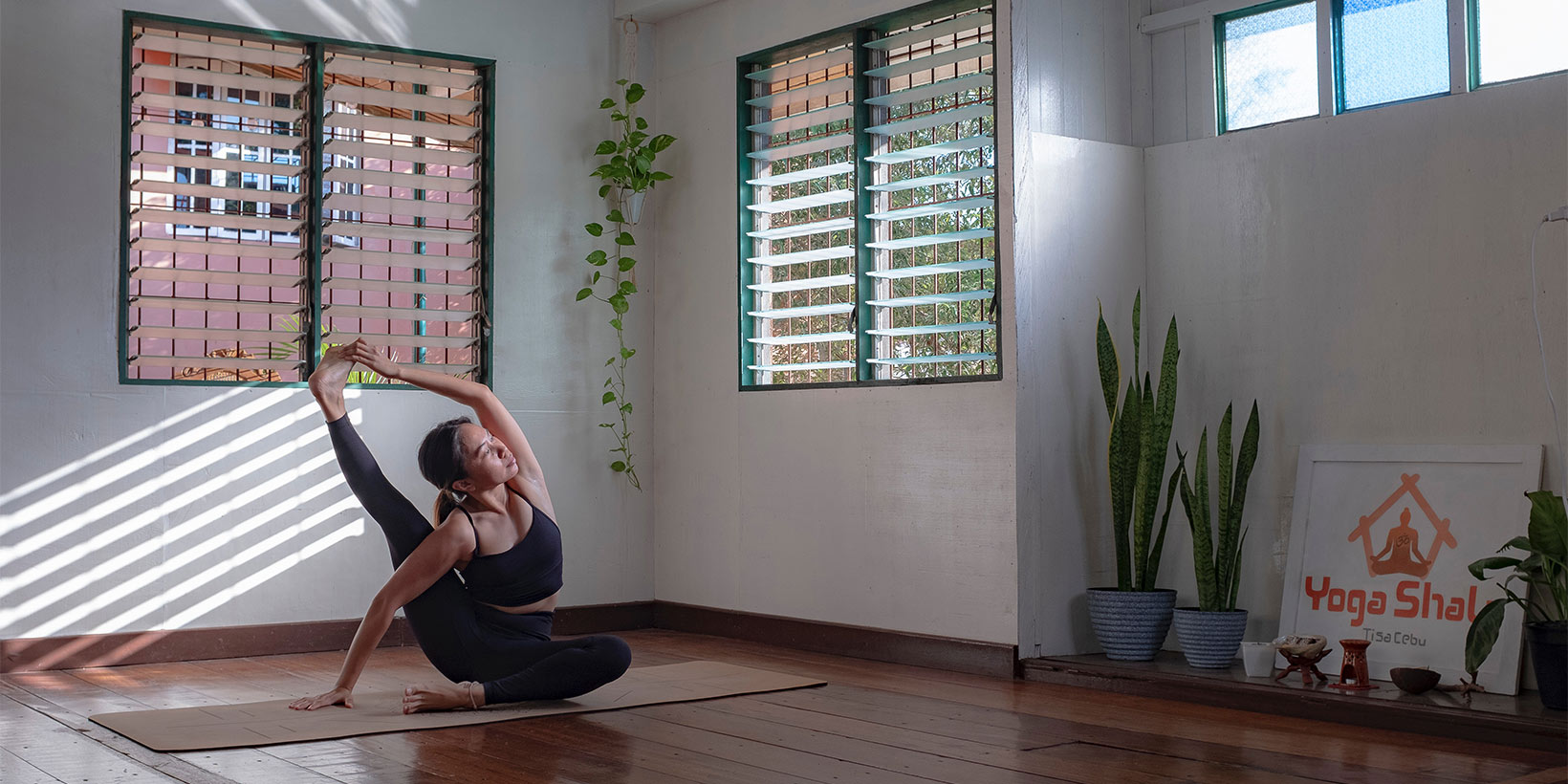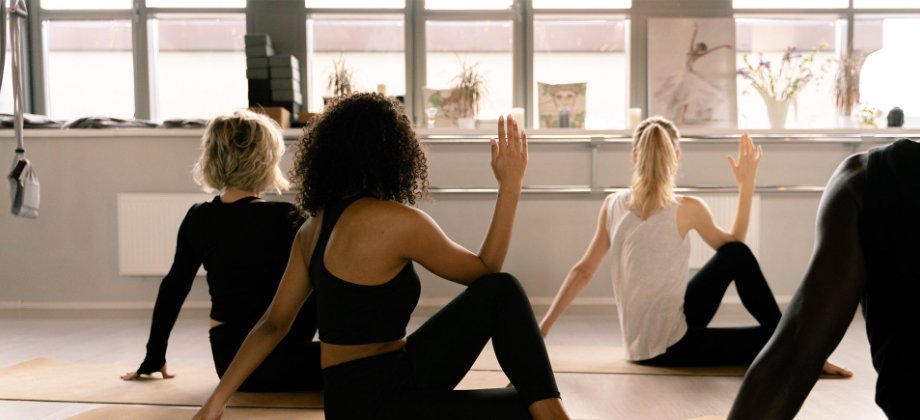
Niyamas on the Mat: Incorporating Yoga Philosophy
Recently, we had a first acquaintance with one of the foundational texts of the yogic philosophy and tradition, Patanjali’s Yoga Sutras. A text that has been inspiring yogis all over the world for hundreds of years now. We delved into the Eight Limbs of Yoga. The eight steps towards reaching self-realization and enlightenment. And we talked about the first limb; the five yamas. The five ethical guidelines that focus on our actions, speech and thoughts, and remind us of our duties as social beings.
It’s time to look into the second limb; the five niyamas. While yamas are related to ethical codes of social conduct, niyamas are more focused on the self. They are inner observances to help us progress along the path of yoga. And they consist of saucha (cleanliness), santosha (contentment), tapas (self-discipline), svadhyaya (self-study), and ishvara pranidhana (surrender to a higher power).
Just like with the yamas, practicing niyamas gives us a whole new perspective both on and off the mat. And it offers great inspiration to practitioners and yoga teachers around the world that aren’t satisfied with teaching just the physical aspect of yoga.
Do you think of yourself as such a yoga teacher? Read on as we have a closer look at the five niyamas, and find out how you can introduce the concepts to your students with inspiring, life-changing yoga classes.
As Patanjali states in the second chapter of the Yoga Sutras, when someone is established in this attitude of contentment, unexcelled happiness, mental comfort, joy and satisfaction is obtained. Or in other words, happiness becomes our choice.
Saucha
The first niyama, saucha, refers to purity or cleanliness. It is about cleansing the physical body as well as the mind. Cleanliness in the outer environment and personal purification keeps the mind from being scattered. And a scattered mind can really be an obstacle in our asana and meditation practice.
Practicing saucha is about understanding that our body and mind mutually influence each other – both on and off the mat. With saucha, one can experience asana the way it should be; sthira and sukha, meaning steady and comfortable. Patanjali says that saucha brings purification of the subtle mental essence, pleasantness, mastery over the senses and capability for Self-realization.
One way to inspire your students to practice saucha is by asking them to clean the mat they’ve been using after practice, or to keep the space around them tidy during class. Or even by encouraging them to choose their food, as well as their thoughts and emotions wisely. And to cleanse themselves of impressions that no longer serve them.
Santosha
The second niyama is santosha and it is related to contentment. And as Patanjali states in the second chapter of the Yoga Sutras, when someone is established in this attitude of contentment, unexcelled happiness, mental comfort, joy and satisfaction is obtained. Or in other words, happiness becomes our choice.
Now how can someone practice santosha on the mat? First, they need to accept their body as it is at the present moment and be grateful for the way it allows them to move from one asana to the next. Be grateful for the time and opportunity they have to actually be on their mat or for how much their practice has progressed so far. And who knows? Maybe someday santosha will accompany them in their daily lives off the mat too.
Tapas
The third niyama, tapas, literally means “heat”. It refers to the heat that builds from our self-discipline and effort. It is about focusing our energy and acting in full determination, building strength and confidence. According to Patanjali, tapas brings mastery over the body, the senses and the actions.
If you are looking for a way to introduce the tapas concept to your students in class, encourage them to give their practice their sincere effort. To be willing to do their best. You can start with kapalabhati or bhastrika pranayama, that tone the lower transverse abdominal muscle and stimulate the inner fire. Go with a dynamic flow and constantly remind your students of their strength and inner will. Inspire them to gradually develop endurance on the mat and this endurance will slowly be with them off the mat too.

Svadhyaya
The fourth niyama is svadhyaya and its literal translation is to contemplate, to meditate on the Self. It is self-study and self-reflection, our effort to know and remember our inner Self. Patanjali claims that when someone is established in svadhyaya, they attain contact with the underlying natural reality.
You can easily introduce the concept of svadhyaya to your students during their practice on the mat. Ask your students to observe how the different parts of their bodies feel at the beginning of the practice and invite them to do so at the end too. Encourage them to notice if a pose feels different on their right side versus the left side. Ask them to notice how they balance on their right leg and on their left leg. Invite them to pay close attention to their breath and how it is manifested in certain asanas. Let them know that as they practice svadhyaya on the mat, this attitude of self-study will gradually become a habit off the mat too.
Ishvara Pranidhana
Ishvara pranidhana, the fifth and last niyama, is about trustfully surrendering to God or a higher power. It is about having a spiritual practice, letting go into our source – no matter what we call it – and giving ourselves to a greater purpose. And it is probably the most difficult niyama to embrace. But Patanjali claims that from such an attitude, the state of perfected concentration – or, in other words, yogis’ greatly desired samadhi – is attained.
When in class, encourage your students to observe the thoughts that rise up during meditation or as they hold a pose, and instead of letting them distract their concentration, just let them go – again and again, as many times as needed. At some point, their attention will rest on their inner being. And they will experience that inner stillness and bliss. The divinity within will prevail.
Final Thoughts
To be able to teach niyamas during class, you need to be practicing them yourself at some level. It’s the only way your teaching will be true from the heart. And remember that you don’t need to sound profound to inspire your students. Just share your own experience and keep it true and simple. You can read the next part in this series here!






